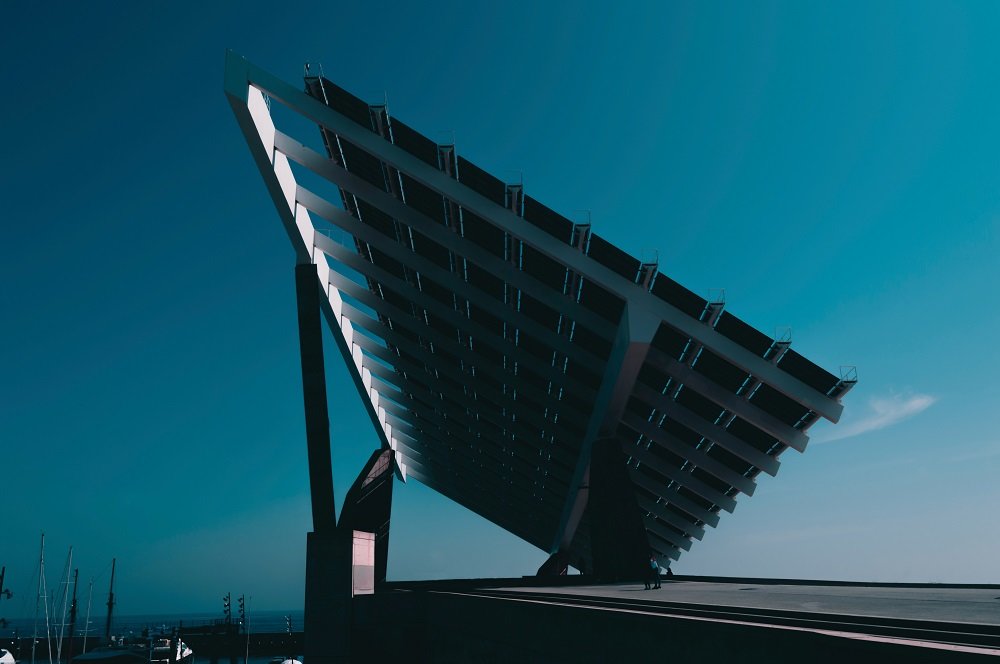This is an E3G assessment of the European Development Finance Institutions (EDFI) Climate and Energy Statement published in November 2020. It uses E3G’s 15 metrics of Paris Agreement alignment at public banks, DFIs and MDBs. The full EDFI Climate and Energy Statement can be found here.
This statement from the European Development Finance Institutions group of development banks provides a good foundation on which to increase ambition in the future. However, in many areas, more specific and ambitious commitments are required to become ‘Paris aligned’, for example in energy efficiency. Furthermore, the reporting of progress against these commitments is welcomed by E3G. As is the commitment to reassess these commitments every three years in line with the latest science and technology. E3G encourages this reporting to be done at the institution rather than group level.
We recognise that our metrics are designed for an individual institution, not a statement from a group of institutions, so have sought to bear this in mind in our analysis. We are hoping to add a number of individual EDFI member banks to our E3G Public Bank Climate Tracker Matrix in the near future, and would look to continually update our assessment of these banks based on latest policy announcements. If European Development Finance Institutions make new commitments as an association of banks, we will look to reflect those on this page. We have used key sentences from the statement to show why a particular assessment has been given.
| Metric | Summary |
| Paris-aligned – “[We] will, at the project level, adopt harmonised methodologies and approaches to ensure that each new financing is aligned with the objectives of the Paris Agreement … and consistent with the decarbonisation trajectory of the relevant sector or country no later than 2022, and will disclose the nature of such methodologies.” “EDFIs will embed climate action and climate risk management at every level of our institutions.” In the coming years, we will look for evidence that Paris alignment and climate ambition is fully incorporated in the EDFI’s standalone climate strategies and overarching institutional strategies. | |
| Some progress – Energy sector addressed in detail. [See fossils below.] Further work could focus on common principles in transport, water and sanitation and urban strategies, if applicable. | |
| Some progress – “EDFIs will embed climate action and climate risk management at every level of our institutions.” EDFIs will ensure that projects are “consistent with the decarbonisation trajectory of the relevant […] country no later than 2022”. This is welcome but is not what we assess in this metric. If EDFIs have country level strategies, climate should form the basis for these strategies with a clear process for increasing ambition (perhaps alongside NDC updates). Clarification would be welcome. | |
| Some progress – “[We will report] regularly on progress in respect of these [climate finance] targets.” “EDFIs will report publicly on our progress in respect of [all] these commitments.” Clarification welcome as to whether financial intermediary sub-projects details will be disclosed and reported on. | |
| Unaligned – No specific energy efficiency measures included. Energy efficiency included in broad climate finance definition. Further work could specify further commitments in energy efficiency and progress towards adopting an ‘energy efficiency first’ principle. E3G will look for energy efficiency standards in individual EDFI commitments on transport, energy, buildings, and industry. | |
| Some progress – Commitment to “invest strategically” in nature-based solutions. No mention of biodiversity, forestry, or agriculture – these points could all be subject of future work. | |
| Some progress – Coal, fuel oil, gas exploration and production excluded with immediate effect. Midstream and downstream gas subject to conditions and must be “Paris aligned”. General exclusion of fossils (downstream gas) from 2030 but with some broad exceptions thereafter. Date should be brought forward, comparison to the EIB position highlights this. Questions remain on how you would determine a gas project is Paris aligned, more detail welcome. | |
| Some progress – EDFIs aim to “increase the share of climate and energy financing that goes to providing reliable, affordable, and low-carbon energy access for all.” Clarification welcome in future as to whether individual EDFIs use specific definitions of energy access and what energy access targets are in place. | |
| Paris-aligned – “EDFIs will, at the portfolio level, adopt approaches that will gradually decrease aggregated GHG emissions to net zero by 2050 at the latest.” “…striving to reduce GHG emissions without compromising on our development impact…” “EDFIs will measure, and participate in joint EDFI reporting of, GHG emissions reductions from mitigation projects using internationally harmonised methodologies and support the necessary development and timely adoption of harmonised methodologies for estimating and tracking GHG emissions.” Question around why this only applies to mitigation projects. | |
| Some progress – “EDFIs will use our experience and develop practical guidance and initiatives for increasing financing for adaptation and resilience to climate change, particularly to reduce vulnerabilities of communities and natural ecosystems to climate impacts.” “EDFIs will adopt, and make disclosures consistent with, the recommendations of the Task Force on Climate-related Financial Disclosures (TCFD).” No mention of specific project climate risk screening. In coming years E3G will look at specific climate risk screening processes at EDFIs and approach to systemic resilience | |
| Unaligned – No mention of carbon pricing | |
| Not applicable – No data provided. Is there commitment to provide such data in future? Do EDFIs report to OECD-DAC? “[We will set] [climate finance] targets for our institutions, where they do not already exist, by 2022.” Climate finance targets dependent on how climate finance is defined. Reporting of unsustainable projects is also important. | |
| Some progress – Commitment to provide technical assistance to help clients improve “their environmental practices and alignment with the Paris Agreement”. Are there any specific technical assistance programmes to help implement and increase the ambition of NDCs? Or not relevant to private sector facing institutions? | |
| Not applicable – Clarification welcome. | |
| Paris-aligned – “We will also review the commitments (e.g. progressive restrictions on new fossil fuel financing not already excluded) once every three years to ensure that they remain consistent with the latest climate science and technology, progress towards the Sustainable Development Goals, and our ambition to set an example of responsible financing for other investors.” Ambitious commitments |
Governance assessment
| Clear process for monitoring implementation | Clear process for raising ambition |
| Some progress – “EDFIs will report publicly on our progress in respect of these commitments.” Does not yet define how progress will be reported, for example at group or institution level. | Paris-aligned – “We will also review the commitments (e.g. progressive restrictions on new fossil fuel financing not already excluded) once every three years to ensure that they remain consistent with the latest climate science and technology,”. Clear process for raising ambition. |
Photo by Biel Morro on Unsplash


